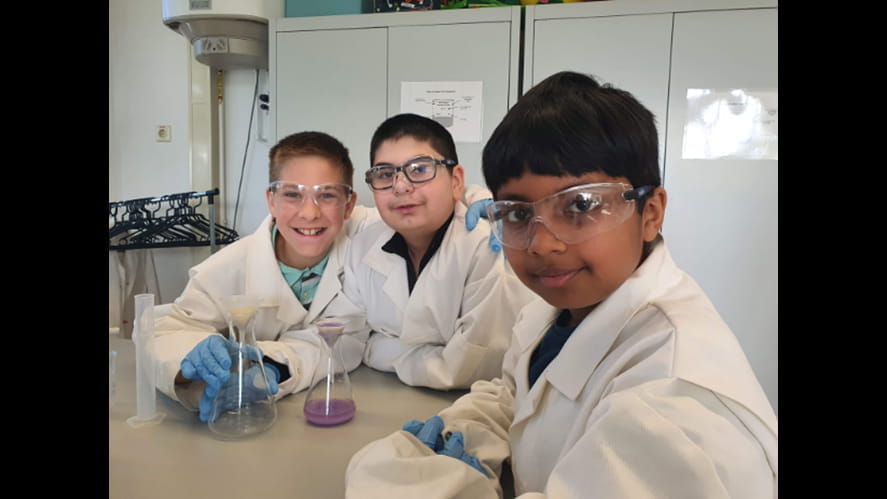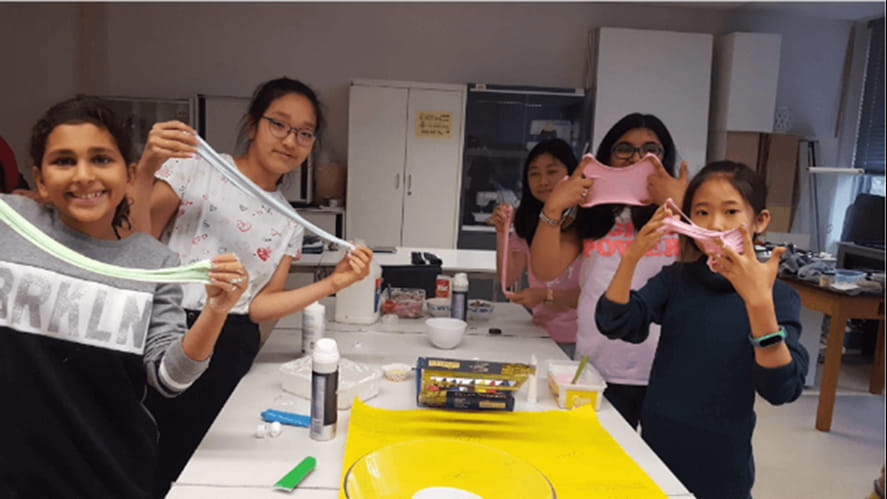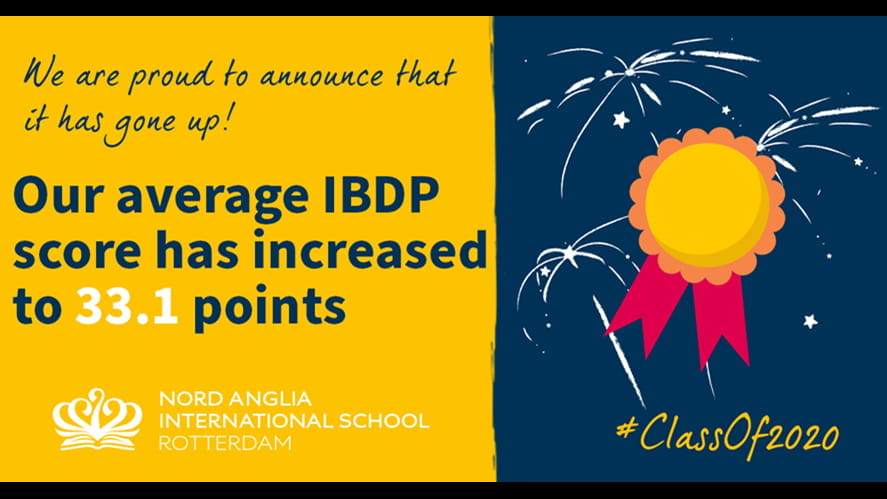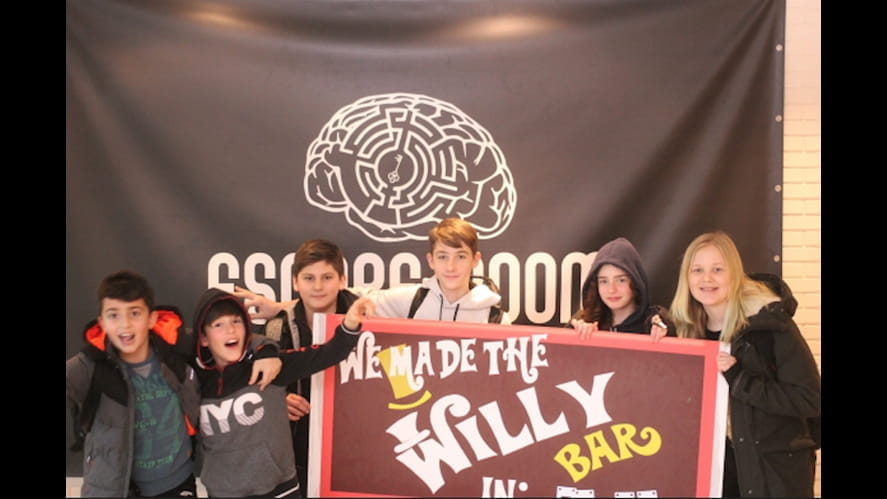IMYC Entry Point - Unit #1
On Friday, 21 August, our Middle School students participated in their first IMYC Unit #1 Entry Point learning activities. Read on to learn about our learning on Friday morning!
On Friday, 21 August, NAISR's Middle School students participated in their first IMYC Unit #1 Entry Point learning activities. The purpose of the Entry Point is to establish the new unit Big Idea and invite students to consider its significance. The Entry Point forms the beginning part of the IMYC Process that Facilitates Learning, and aims to kick off a new unit of learning in a fun, hands-on and enjoyable way.
Grade 6
Unit: Creativity
Big Idea: Innovative ideas happen when existing or new concepts are brought together or expressed in a new way
Entry Point: Students learned how to make their own paint!
Students in Grade 6 combined Art with Chemistry to make their very own paint from scratch and then paint a picture using their chemistry creations. Mr Parks first introduced us to the Science Lab and how to use the lab and equipment safely. Then we were divided into stations to make 3 different colours of paint: yellow, green and indigo. At our stations we learned how coloured insoluble precipitates can be dissolved in linseed oil to create paint. After following the procedures shared by Mr Parks, we got to paint our pictures using the paints we created! A very big thank you to Mr Parks for introducing us to the Chemistry lab and our first IMYC unit as middle school students.
Student Highlights
“Our Entry Point summed up: ‘not so hot, not so bad, we had lots of fun in the lab!’” - Charlotte, Grade 6
“Even in the hot hot sun, making paint is lots of fun!” - Romee, Grade 6
Grade 7
Unit: Curiosity
Big Idea: The desire to know more drives exploration and aspiration
Entry Point: Students learnt about traditional sports from a range of countries.
Mr Sullivan launched the Entry Point by talking to the Grade 7s about the Haka. Having sparked their curiosity, the students then began their own exploration. Then students worked together to research a traditional game or pastime from two countries of their choice.
Countries included Iran, Canada, Japan, Mexico, South Africa.
Finally, they taught each other how to participate in some of the activities they had researched. The concept of keeping a shuttlecock in the air was much more challenging than students expected. Some games were adapted, for example the ‘Steal the Sombrero’ game from Mexico became ‘steal the bib’. The students proved especially adept at bocce (using beanbags to get close to the ball).
Student Highlights
“It was fun working together as a team and being able to be active and support each other.” Esme B, Grade 7
“I learnt a lot about different countries, their traditions and sports and that we should respect the different sports and cultures from these areas.” Diego A, Grade 7
Grade 8
Unit: Community
Big Idea: A shared sense of belonging occurs when people are able to negotiate and appreciate their complex, often messy, differences.
Entry Point: Students learned about the importance of listening to everyone within a community and the strength of shared ideas and planning for an ‘event’.
-
The communication of ideas
-
Making connections - The NASA Survival Game.
-
Completing a practical task - Egg drop.
After the students formed into teams and played the NASA Survival Game, where they have to discuss, decide, and justify the ranking importance of a range of items to be used for survival on the moon, they were given the problem of protecting a fragile egg from landing on the ground - as if it was a spacecraft carrying humans back to Earth!
Two of the egg astronauts made it back safely - but sadly one didn’t!
Student Highlight
"I found the entry point interesting because it was a creative way to think about how we connect with each other and get things done! My team’s egg survived because we understood the importance of communication within our community!" - Issy B., Grade 8







